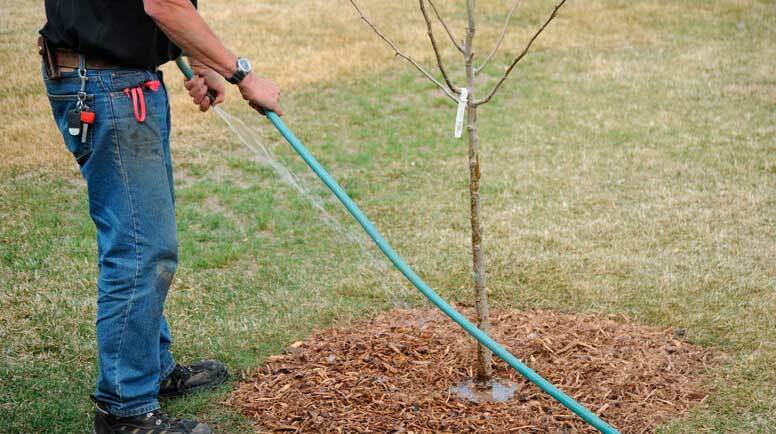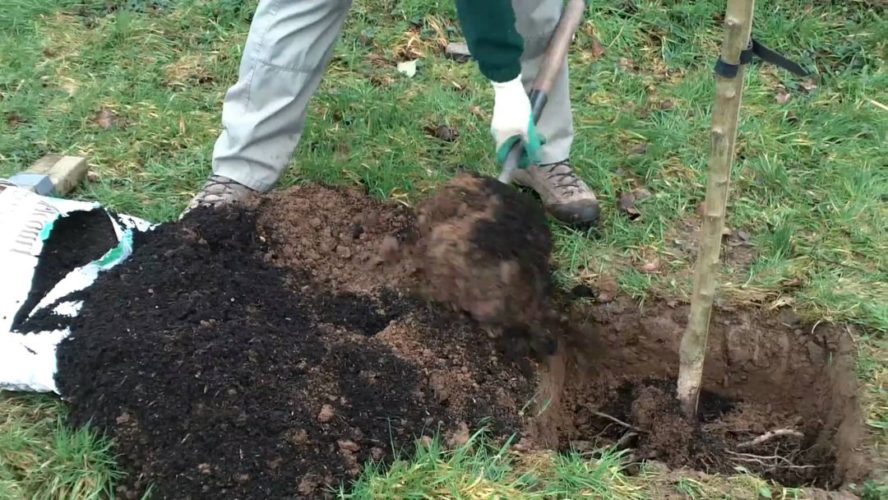As September is Arbor Month, smallholders might be thinking about how to plant a tree.
The greater care you take in preparing the hole in which you are going to plant your tree, the greater its chance of surviving and thriving.
Start by digging a large square planting hole – at least half a metre by half a metre by half a metre. The larger the better. If you’re up to it, try making it one metre cubed. Break up the subsoil at the bottom of the hole and work in plenty of organic matter. Use dry grass, straw, manure, partially decomposed compost. If you have no objections to using animal products in your soil, add a few generous handfuls of bone meal.
Fill the hole by adding an eight-centimetre (four fingers) layer of subsoil followed by a two-centimetre layer (one finger) of compost (or well-rotted kraal manure, kitchen waste or dry grass). Water these two layers well and continue adding layers of subsoil and compost until it has all been replaced.
Then add the top soil, layering it with compost just as you did with the subsoil. The surface of the filled hole will be slightly higher than the surrounding ground. By adding organic matter and watering each level in turn, a sponge effect is created that will retain water below the surface so that plant roots are encouraged to grow downwards, giving them greater strength.
Watering your Tree
Surface watering tends to make plant roots stay near the surface. Scoop the soil from the centre of the circle to the outside to create a basin effect. Mulch the surface of the basin. It is extremely important to keep the beds well mulched as this prevents water loss by evaporation.
Plant your young tree in the centre of this basin. Firm it in well, then water it.

Stake the tree with a simple post placed as close to the trunk as possible. Secure the tree to it using a piece of nylon stocking or plastic so that it is held fairly firmly, but can still move a little with the wind. Movement of the trunk in the wind strengthens its base and leads to a stronger root system. Avoid using things like wire because it has no “give” and will cut into the trunk as the tree grows.
The sponge effect is maintained by planting a one metre piece of plastic piping next to the tree. You can also use a large plastic bottle with small holes burnt into the bottom with a hot needle or alternatively a tin can with holes in the bottom. Pour water into it so that the water is sunk deeply into the soil.
Last, but not least, mulch the surface of the hole to prevent the evaporation of water.
For other articles about trees click here. To subscribe to SA Smallholder click here.

